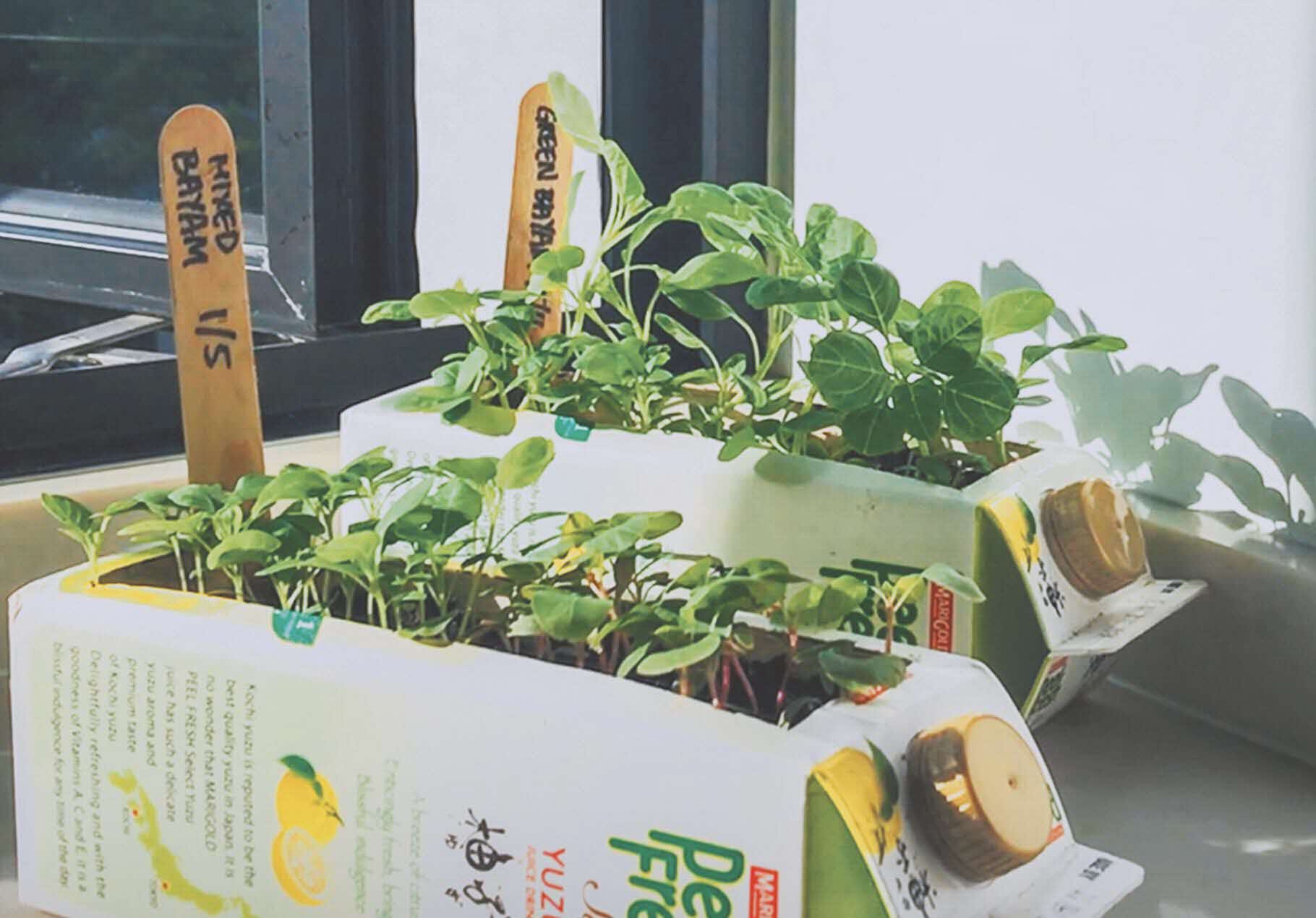Listen to this story
00:00
03:19
As interest in urban farming and edible gardens grow, National Parks Board (NParks) has launched the Gardening with Edibles initiative — jointly supported by founding partners DBS Bank and Tote Board through the Garden City Fund — as part of a larger effort to strengthen community well-being.
By providing free online resources and seed packets, the initiative aims to help Singaporeans get one small step closer to improving food resilience and achieving Singapore Food Agency’s goal of producing 30 per cent of the nation’s nutritional needs locally by 2030. Visit www.go.gov.sg/gardeningwith- edibles for more info on this programme and available resources.
How to start growing your own edibles
Follow these tips from Dr Wilson Wong, deputy director, Jurong Lake Gardens, National Parks Board.
1. Choose the right plants: Beginners can start with heat-tolerant vegetables, suitable for Singapore’s tropical weather, such as sweet potato, lady’s finger and long bean.
2. Overcome space constraints: Make your own vertical self-irrigated garden by hanging pots off the wall to grow leafy vegetables such as lettuce and Chinese cabbage. You can also train climbers such as pole beans and gourds onto a supporting structure, which keeps them away from ground-dwelling pests and frees up space below, where you can grow some shade-tolerant plants.
3. Grow plants from stem cuttings: Cut a healthy vegetative shoot of a mother plant and root them in a pot. The cuttings of the Cekur Manis, Brazilian Spinach, and Water Leaf root easily and regenerate quickly, and will provide a new harvest several weeks later.
4. Use good soil with drainage: Good drainage is crucial to prevent root rot. To ensure good soil, incorporate good quality compost and coarse grit, such as expanded clay pellets or pumice, into your soil-based growing mix. This is crucial when growing vegetables such as Nai Bai, Chinese cabbages and chillies.
5. Pick a good spot: Edible plants need about four to six hours of direct sunlight. If your home lacks the right amount of sunlight, consider using artificial grow lights. Most grow lights need to be switched on for about 12 hours daily and placed at least 15 cm away from the plants depending on the light’s intensity. Experiment with grow lights of different spectra to grow vegetables that look and taste good.
6. Keep pests away: When gardening, remember to flip flowerpot plates and loosen hardened soil to prevent accumulation of stagnant water and curb the spread of dengue.
This content is produced in partnership with ST Life.
Join us for tips to make your daily life more convenient, especially in ways that contribute to a more sustainable future!
